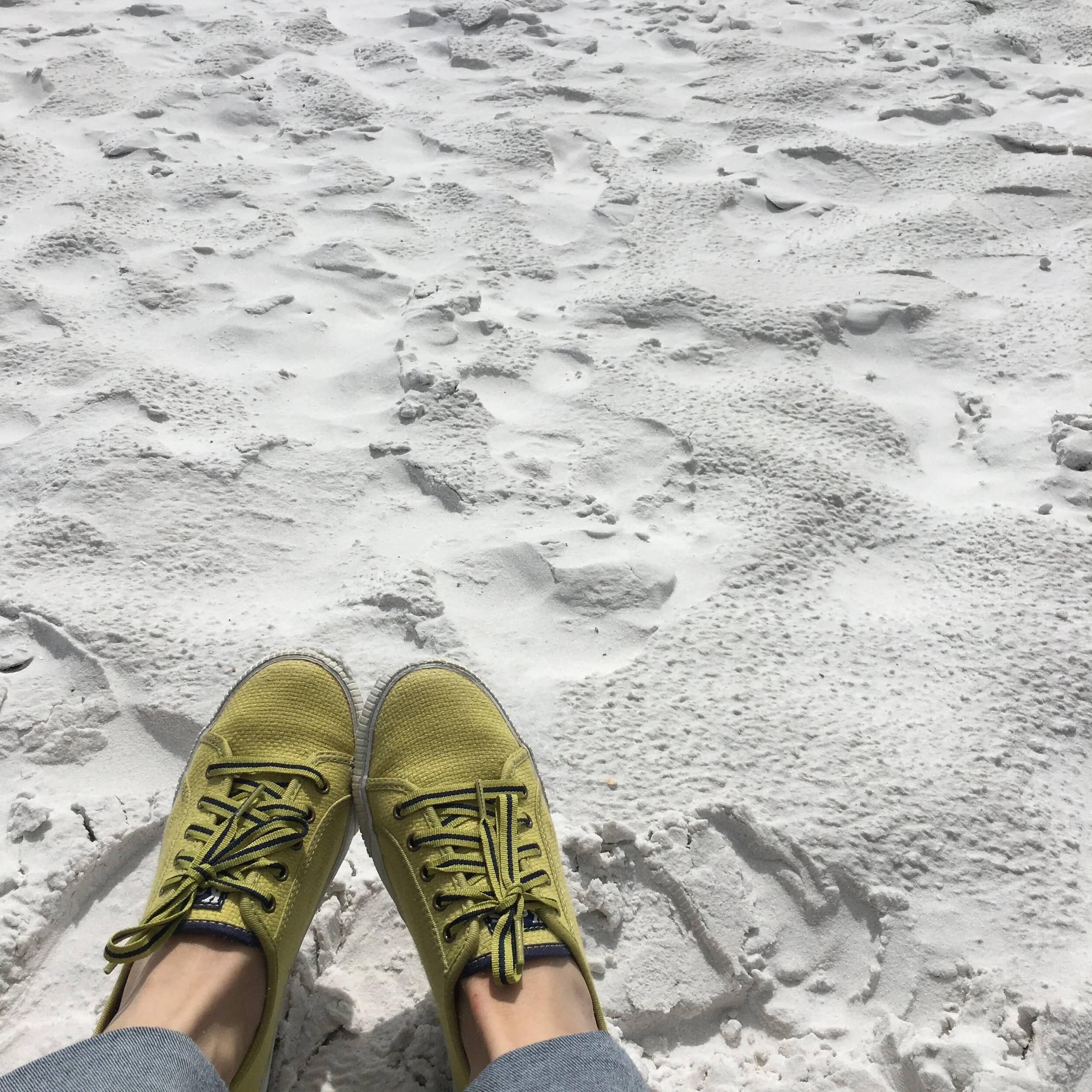Currently, the world at large can seem both isolating and overwhelming. We are faced daily with a range of opinions about almost everything from almost everyone we encounter in person and online. Technology has made so much of our lives easier than ever, yet it has also exacerbated the need for immediate pleasure and cultivated a culture of rage. Instead of having thoughtful discourse or taking time to understand something foreign, many choose to channel their view through the quick power of anger or simply linger within the safe community of those who do not challenge the status quo. As a 21st century musician and citizen, our cultural climate is troubling, to say the least.
How can we utilize our craft to relate and not alienate to those around us? Be it art, music, fashion or food, culture is what makes us human, for it connects us to the past and future by expressing basic thoughts and emotions that are universal and timeless. As musicians, it is our job to build a bridge to our busy listeners with all the tools at our disposal, propelling culture forward in an entertaining but educational way. Perhaps the key to engaging with our audiences lies within a multimedia, all encompassing approach.
Björk is an Icelandic pop artist known for her unique voice and experimental work featuring a wide variety of influences. Previously, I’d been “casually acquainted” with Björk…I think I’ve heard a few of her songs here and there, but if hard pressed, would not place her in the top 25 most listened to artist on my Spotify account. This being the 21st century, the app’s algorithms must have tracked the random spikes of harp music playback (was it Berio’s Sequenza II or Florence and the Machine?) and one day, I heard something that caught my attention. The song had what sounded like multiple harps phased in and out, each playing a unique accompanying line in a folk-like tune. The few lyrics I could grasp in “Moon” hit a spot, “best way to start the new is to fail miserably.” A quick glance at the album cover pulled me in further: glossy and black, speckled with spots of color, with Björk at the center focal point in a paper-looking textured dress and donning an enormous, bright red wig. My brain made the immediate connection to Ms. Frizzle à la The Magic School Bus, and silly and shallow as the thought may be, I decided to click on the entire album.
What I heard in Biophilia stayed with me for quite awhile. Inspired by nature, science, and technology, Björk’s Biophilia is a multidimensional concept album that feature both folk-like pure singing and electronic experimental music. Several unusual instruments were utilized or made specifically by robotic engineers for the album and its subsequent tours, including the sharpsichord, a gameleste, Tesla coils, and the gravity harp. Much of the album was composed on an Apple iPad, and the final product was accompanied by an official app that allows users to interact with the songs via a videogame-like music sequencer, manipulating specific outcomes and thus making the audience active collaborators and composers through their own unique experience of the album. Not limited to sound creativity, Björk also collaborated with several graphic and fashion design artists to craft the distinctly colorful yet sharp look of Biophilia.
What drew me to the album was such a minute detail, but I was rewarded with over one hour’s worth of experimental artpop music that has inspired a renewed energy to just be creative. With its unique blend of rich sounds balancing play and emotive seriousness, Biophilia’s lyrics unfold into fascinating reflections on nature, society, and universal humanity, approachable yet unforgettable. In Björk’s own words, Biophilia came about as “a message that all the old systems don’t work anymore. You have to start from scratch.” This is the lesson we as growing musicians should embrace as we move forward carving out our own niches in the world. Old methods of performance are no longer enough to engage the average listener. Like Björk, we must utilize our creativity through diverse paths to create an entry point that can connect to people across a wide range of backgrounds and interests, challenging audiences to explore outside their comfort zones to hear and recognize the universal emotions within what we do.
